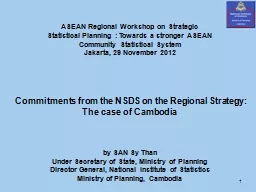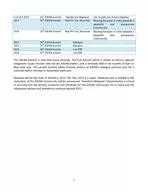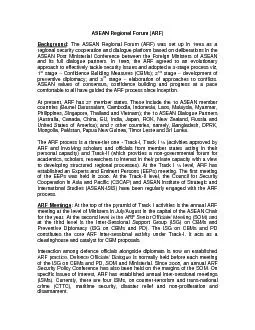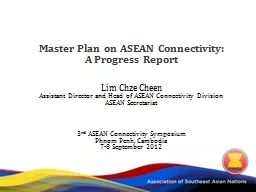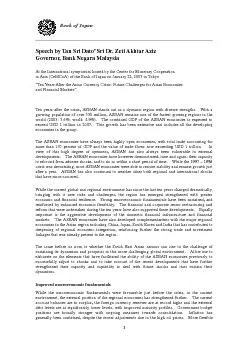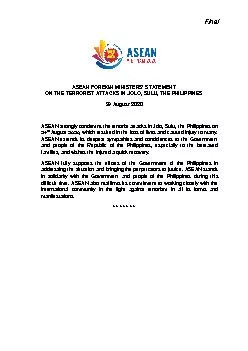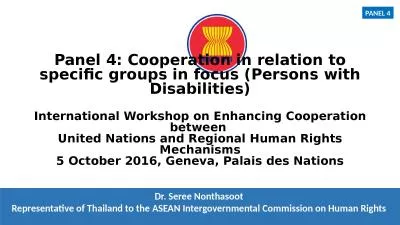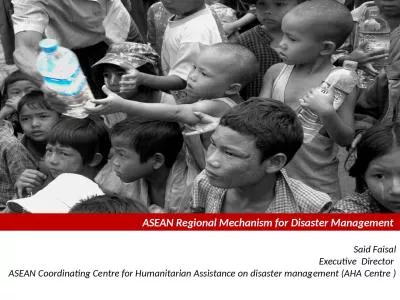PPT-ASEAN Regional Workshop on Strategic
Author : stefany-barnette | Published Date : 2016-11-05
Statistical Planning Towards a stronger ASEAN Community Statistical System Jakarta 29 November 2012 Commitments from the NSDS on the Regional Strategy The case
Presentation Embed Code
Download Presentation
Download Presentation The PPT/PDF document "ASEAN Regional Workshop on Strategic" is the property of its rightful owner. Permission is granted to download and print the materials on this website for personal, non-commercial use only, and to display it on your personal computer provided you do not modify the materials and that you retain all copyright notices contained in the materials. By downloading content from our website, you accept the terms of this agreement.
ASEAN Regional Workshop on Strategic: Transcript
Download Rules Of Document
"ASEAN Regional Workshop on Strategic"The content belongs to its owner. You may download and print it for personal use, without modification, and keep all copyright notices. By downloading, you agree to these terms.
Related Documents

